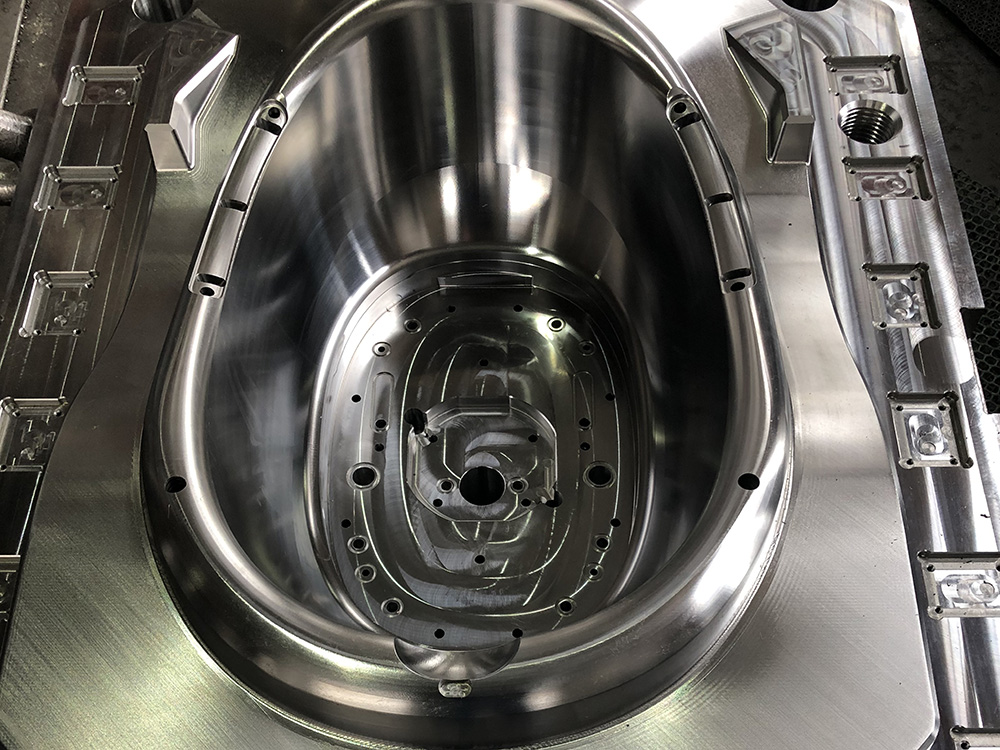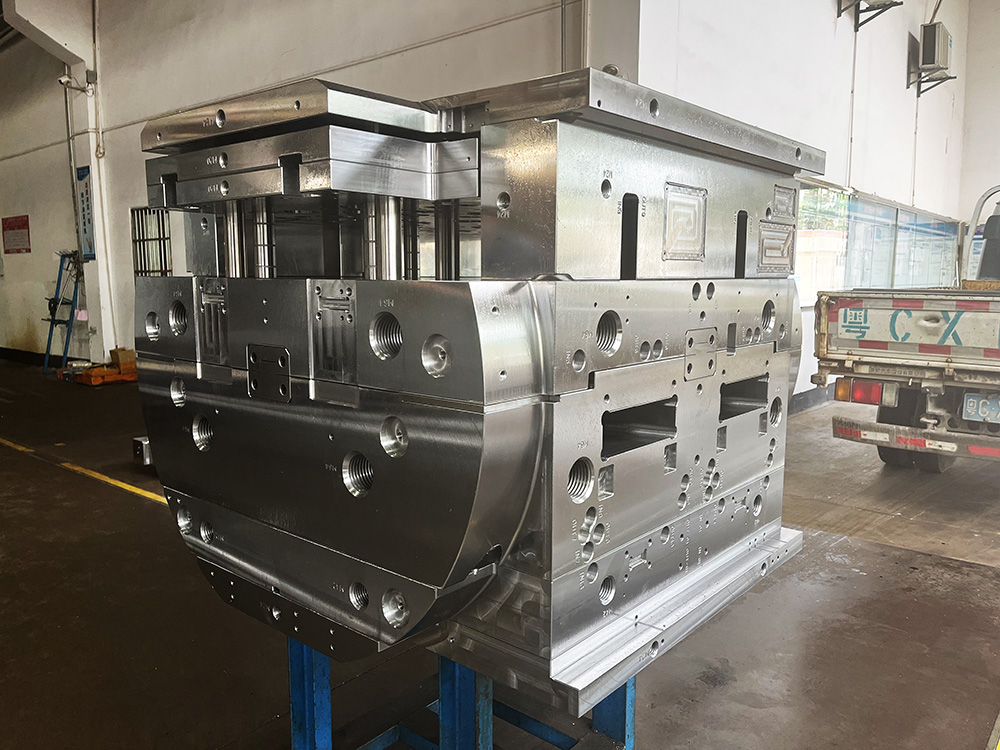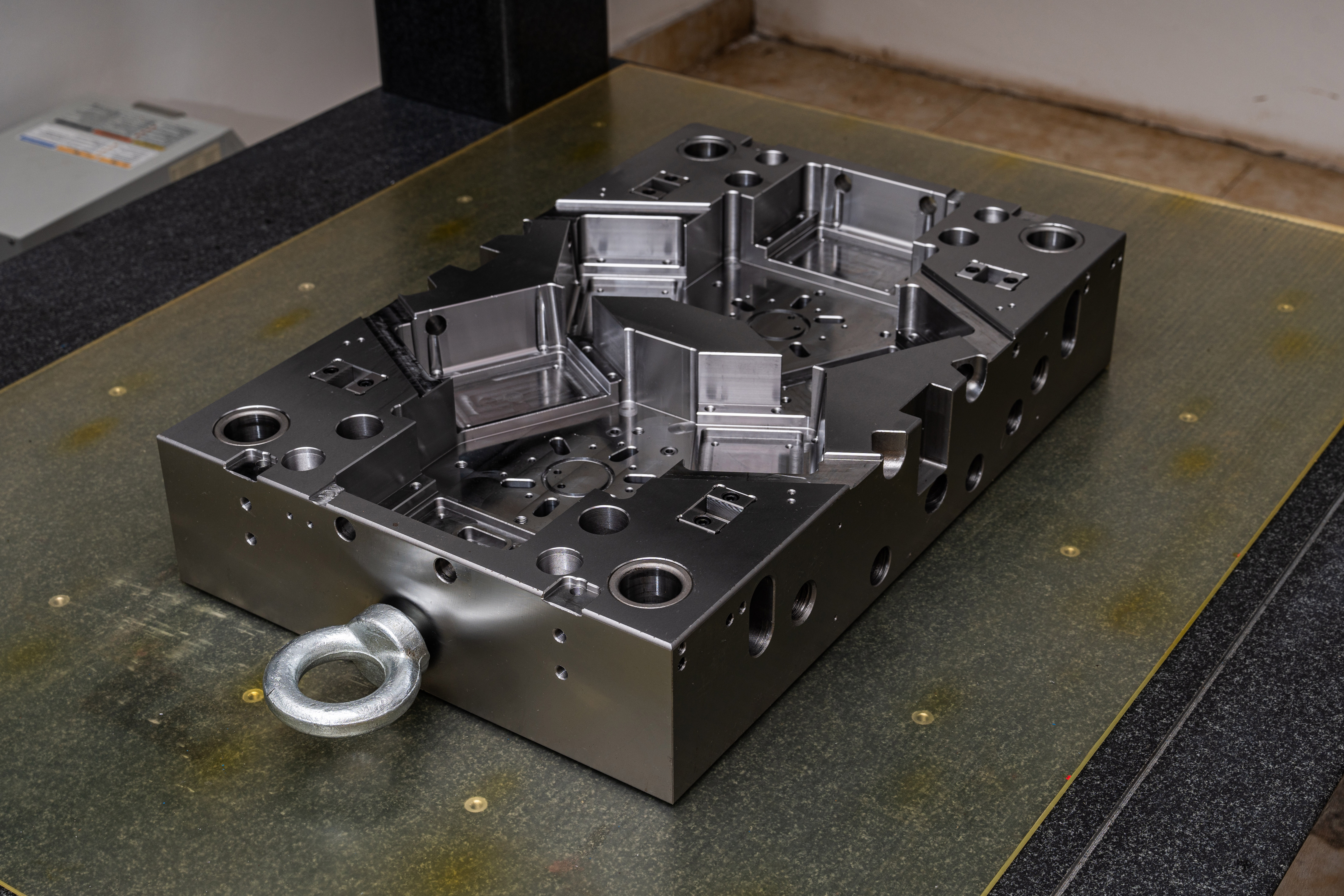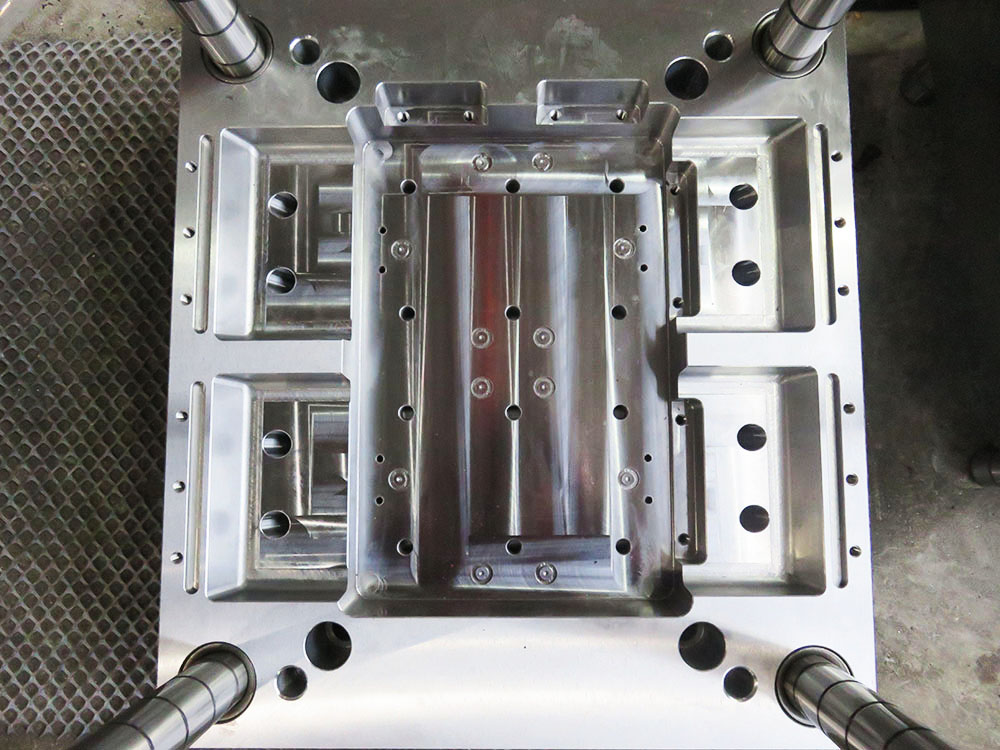How to Correct the Mistake of Incorrect Elevation Marking on a Support Structure in the Mold Base Industry
Introduction:
The accurate elevation marking on a support structure is crucial in the mold base industry. It ensures proper alignment of components, prevents deformation, and maintains the structural integrity of the mold base. However, mistakes in elevation marking can sometimes occur, leading to potential issues during the manufacturing and usage of molds. In this article, we will discuss the steps to correct such mistakes and ensure the accuracy of elevation marking in support structures.Step 1: Identify the Mistake
The first step is to identify the incorrect elevation marking on the support structure. This can be done by comparing the marked measurements with the actual elevation measurements using precision tools such as calipers or vernier height gauges. It is essential to be precise and accurate during this process to avoid further errors.
Step 2: Analyze the Consequences
Once the mistake is identified, it is crucial to assess the consequences of the incorrect elevation marking. This includes evaluating the impact on component alignment, potential deformation, and structural integrity. Understanding the implications will help determine the extent of the correction required and plan the subsequent steps accordingly.
Step 3: Develop a Correction Strategy
After analyzing the consequences, it is time to develop a strategy to correct the mistake. This involves considering factors such as the type of support structure, materials used, and the complexity of the mold base. The correction strategy may include methods like re-marking, adjusting support structures, or depending on the severity of the mistake, even rebuilding certain sections of the mold base.
Step 4: Remove the Incorrect Marking
The next step is to remove the incorrect elevation marking from the support structure. This can be done by carefully sanding, grinding, or using appropriate cutting tools. It is essential to exercise caution during this process to avoid damaging the support structure or nearby components.
Step 5: Re-mark the Correct Elevation
After removing the incorrect marking, it is time to re-mark the correct elevation on the support structure. This should be done meticulously and precisely, ensuring alignment with other components and accurately reflecting the required measurements. It is advisable to use high-contrast markers or engraving tools for enhanced visibility and durability.
Step 6: Verify the Accuracy
Once the correct elevation is marked, it is important to verify its accuracy. This can be done by re-measuring the elevation using precision tools and comparing them with the new marking. Any discrepancies should be addressed immediately to ensure accuracy.
Step 7: Assess the Corrected Structure
Finally, it is crucial to assess the corrected support structure to ensure its structural integrity, component alignment, and overall functionality. This can be done through visual inspection, stress testing, and dimensional checks. Any signs of issues should be addressed promptly to avoid further complications.
Conclusion:
Accurate elevation marking plays a vital role in the mold base industry to ensure proper functionality and structural integrity. Mistakes in elevation marking can lead to various problems, but with a systematic approach and careful execution of the steps mentioned above, these mistakes can be corrected. By following these guidelines, mold base manufacturers can ensure the accuracy of elevation marking on support structures, leading to improved mold quality, longevity, and optimal functionality.




